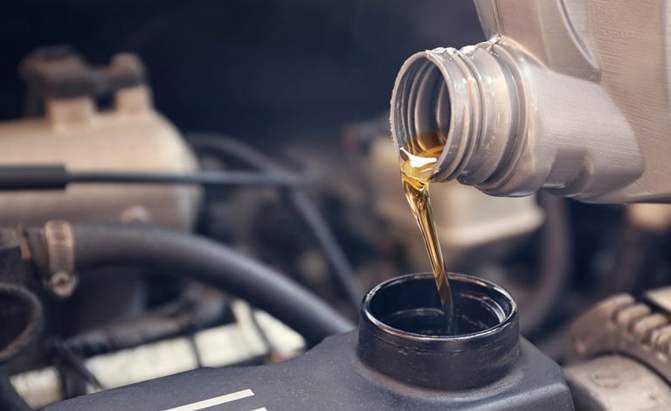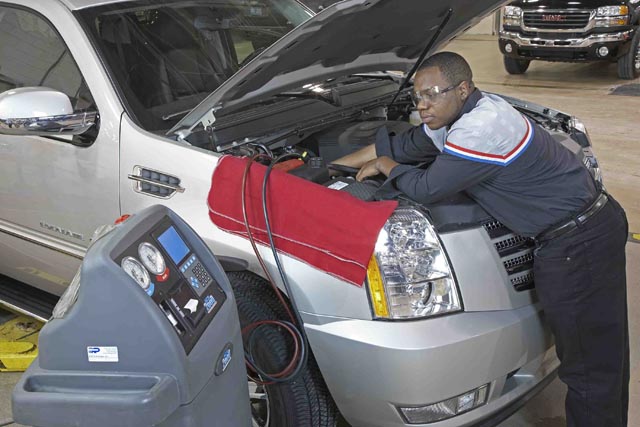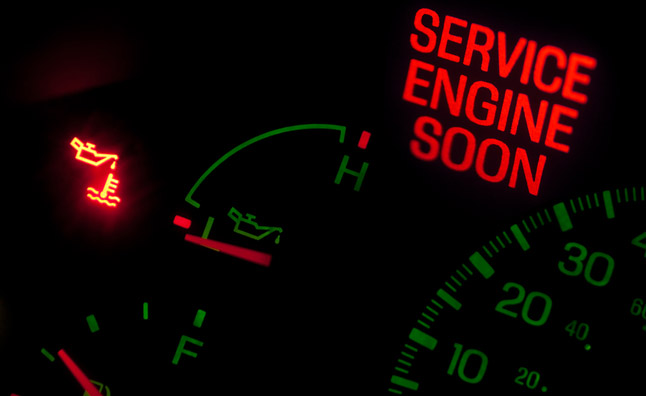When you buy a new vehicle, you’re paying for a lot more than just steel, glass, plastic, tires and an engine.
Your new vehicle has numerous perks and add-ons rolled into its price. Roadside assistance. Scheduled maintenance coverage. Owner privileges like courtesy transportation and trip planning. Depending on the vehicle you buy, numerous items that go beyond the physical vehicle itself are priced into the equation.
One of those items is the vehicle’s warranty. We live in an era where vehicles are more complicated and high-tech than ever, and with the latest in design and quality control, those vehicles are better-built than ever, in most cases, too. That’s just why numerous automakers offer longer warranty coverage than before, particularly surrounding vehicle powertrains.
Here are some tips and pointers to help you maximize the value of your car’s warranty and what to do with that warranty coverage as it nears the end of its life.
How to Get the Most Out of Your Car’s Expiring Warranty
Maintenance is Key: At all stages during vehicle ownership, maintenance is absolutely key to ensuring the good standing of your warranty. Your new vehicle comes with an owner’s manual that outlines the terms of your warranty and service intervals for things like spark plugs, fluid changes, and other tune-up items that need to be addressed periodically. Fail to adhere to these maintenance requirements, and your warranty will likely be voided.
At all points during your warranty, and especially towards the end of that warranty, be sure to check with your owner’s manual or your dealer service advisor to be sure all vehicle maintenance requirements are up to date. Keep a copy of all service records in a protected folder or zip-lock bag in your vehicle for easy reference.
One dealer service manager I spoke to commented, “a few times a month, we’re seeing customers come in for warranty work and having issues because they haven’t properly maintained their vehicle. Timely performance of maintenance work is a requirement for any warranty, and we often call, email or snail mail our customers to remind them of the service intervals required to maintain their warranty in good standing. The customer doesn’t even necessarily have to have the maintenance work performed at the dealer, either. But, if the vehicle hasn’t been maintained properly, the warranty is void. Plain and simple. We even have a slight grace period, but just two weeks ago, we had a customer with some pretty significant engine problems in for warranty repair and found out they’d gone nearly 27,000 kilometers past their oil change interval. That was a pricey mistake.”
Get it Inspected: As you close in on the end of your warranty coverage, consider having the vehicle inspected either by a dealer technician or a mechanic of your choosing. Consumable parts like tires, brakes and certain suspension components are typically not covered by warranty, so an end-of-warranty inspection, possibly while your vehicle is in for an oil change, should focus on things like fluid leaks, problematic fluid levels, the health of the battery and charging system, a check of the cooling system, and a check of the transmission.
Don’t forget the electronics system, too: your vehicle could have an issue or trouble code stored within its on-board computer, relating to a sensor or powertrain component, even if the Check Engine light isn’t illuminated, and even if the vehicle seems to be driving and operating just fine.
ALSO SEE: What is a Powertrain Warranty?
In moments, a technician can hook up a scanner to the vehicle’s diagnostic port and scan for signs of trouble with electronics and sensors, which are usually covered by the vehicle’s powertrain warranty.
Don’t forget to have non-driveline-related systems that may still be covered by warranty inspected, too, including the vehicle’s lighting system, stereo, all electrical accessories, and the climate control system.
Note that some manufacturers don’t recommend having the vehicle inspected on your own dime towards the end of the warranty. In any case, shoppers are best advised to contact their dealer service department for advice as their warranty approaches its end.
A spokesperson at Toyota says, “We do not recommend that customers go to a dealership at their expense for the purpose of checking their vehicle because of an expiring warranty. There is no Toyota-recommended check specifically for vehicles approaching the end of the warranty period. We do recommend following the Toyota maintenance schedule as laid out on the Owner’s Warranty Information Booklet or Owner’s Manual Supplement. And, we also recommend that Toyota customers contact their Toyota dealership as soon as possible when they have an issue with their vehicle.”
Consider Extended Warranty Coverage: Most automakers allow customers to buy extended warranty coverage for a compelling price, provided they add it before their standard warranty expires.
Is adding the extended warranty worth it? That depends on numerous factors, including whether or not the vehicle has been reliable in the initial phase of ownership, how often it’s driven, and more. Consider adding the extended warranty coverage if you can afford it, or, consider putting that same amount of money in your bank account, so it’s there if you need a repair, and still there if you don’t.
Check Owner Reviews (With a Grain of Salt): Online owner forums can give you a glimpse into the success that owners have had, or not, with getting dealers to honor their warranty claims. They can also provide information and comparisons on the best course of action to successfully get a warranty claim approved, and they can be used as a research tool to help shoppers decide whether or not to purchase extended warranty coverage.
Take owner forum discussions on warranty related issues with a grain of salt, though: considering sample size and units sold, and also, the fact that forum users are more likely to post about a negative experience than a positive one. Note that larger brands have more customers, including unhappy ones who post negative threads about warranty claims.
Discussions about warranty-related issues in owner forums can be useful, but take them with a grain of salt.
Document Outstanding Issues (with a work order): If you feel your vehicle has an issue that doesn’t yet qualify for a warranty claim (perhaps an undiagnosed noise or sensation, or a problem that’s intermittent and not reproducible by an inspecting technician), be sure to have your dealer service advisor document it, with the generation of a work order that references the specific issue, the corresponding inspection, and any results or observations of the technician. If the problem worsens after the warranty expires, and provided it can be linked to the originally documented problem, this can help speed up warranty claims.












